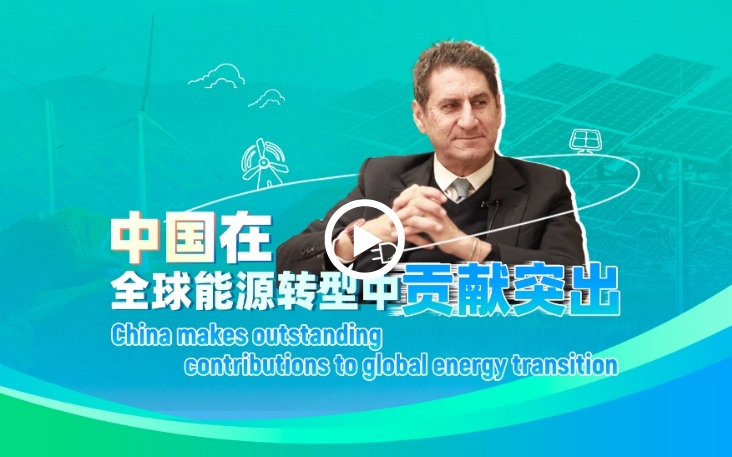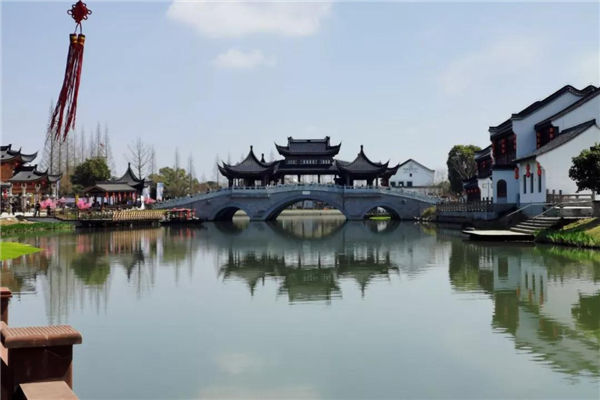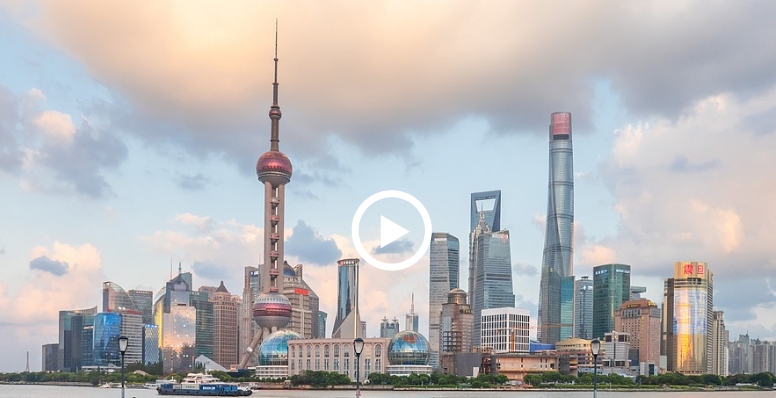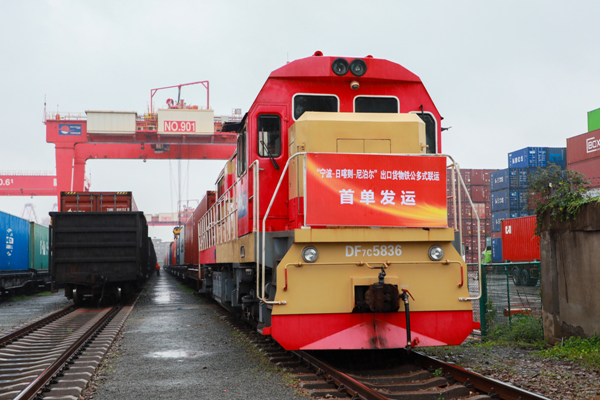Revised regulations to further develop Zhejiang FTZ
A set of newly revised regulations for the China (Zhejiang) Pilot Free Trade Zone will better help Zhejiang's reform and innovation drive and provide a sustained impetus for the province's high-quality development and pursuit of common prosperity.
"Measures including support for increased industrial funding for key industries and attracting more social capital to invest in major industrial projects and start-ups are just some examples in the regulations to ensure the FTZ's high-quality development," said Yin Lin, a provincial legislator.
The revised regulations, which are laid out across nine chapters and 72 articles, aim to further build the FTZ into a bulk commodity resources allocation base centered on oil and gas, a new international trade center, an international shipping and logistics hub, a demonstration zone for digital economy, and an agglomeration zone for advanced manufacturing.
Approved on March 18 during the 35th meeting of the Standing Committee of the 13th Provincial People's Congress, Zhejiang's legislature, the new regulations will come into force on May 1 this year.
The approval of the regulations coincided with the unveiling of a guideline by the People's Bank of China and other authorities to lend more financial support to Zhejiang's efforts to build itself into a model of common prosperity.
Measures spelt out in the guideline, including the provision of more support for Zhejiang's science and innovation, advanced manufacturing as well as investment and financing endeavors, are highly compatible with the revised regulations, according to the Provincial Department of Commerce.
The measures will reinforce the effectiveness of the new regulations, boost Zhejiang FTZ's future development and help realize the province's goal to achieve common prosperity, according to the guideline.
Officially established in Zhoushan in April 2017, the China (Zhejiang) Pilot Free Trade Zone spans 119.95 square kilometers. In August 2020, the Zhejiang FTZ doubled its size when the Ningbo, Hangzhou and Jinhua-Yiwu areas were added.

 China makes outstanding contributions to global energy transition
China makes outstanding contributions to global energy transition  Ningbo village inspires Malawi official
Ningbo village inspires Malawi official  A look at China's economic data in the first three quarters of 2024
A look at China's economic data in the first three quarters of 2024 


